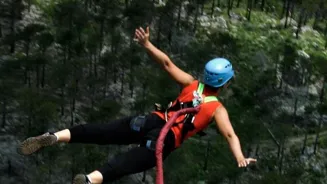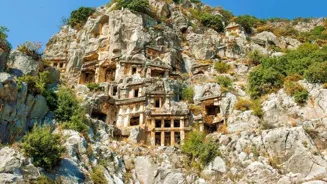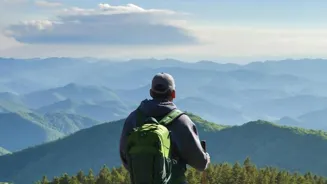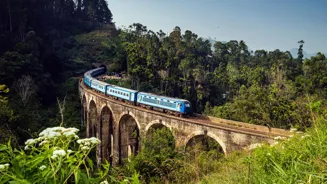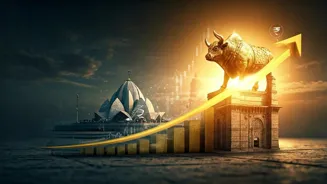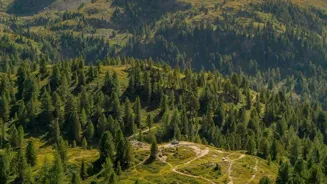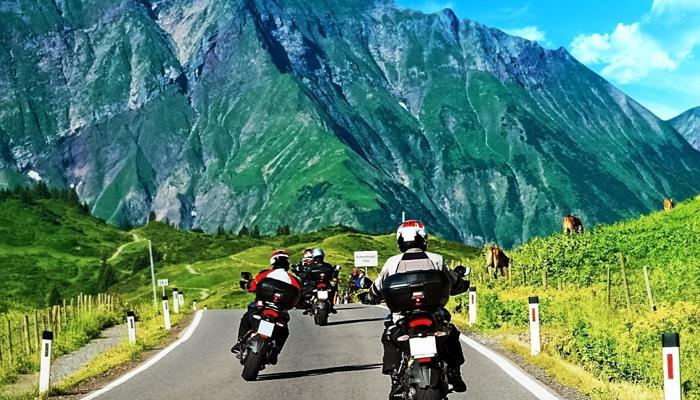“Wildlife photography is not just about timing. It’s about patience, perseverance, and sometimes even detachment,” says award-winning filmmaker and photographer
Amoghavarsha JS as we connect with him on World Photography Day. He paints an honest picture of what life behind the lens really looks like. “You may plan everything to the last detail… and then suddenly it starts raining, or the animal doesn’t turn up. You need to be okay with that. That’s where perseverance and patience come in.” So how did he fall in love with wildlife? “It’s hard not to! The more time you spend around animals, the more you realise how simple their lives are. They have basic needs, they focus on those, and they are satisfied. Greed is rare in the animal kingdom. We humans complicate things so much more.” He also feels strongly about respecting animals and their space. “Animals are unpredictable, but not malicious. If you give them their distance and behave responsibly, they allow you to be around. For me, love comes from that respect, not from wanting to control or tame them.” On the debate around safaris and whether they intrude on animal habitats, he takes a balanced view. “If done wrong, of course they can disturb. But when done right, safaris actually create awareness and empathy. For a lot of people, that might be their only connection with nature. Also, ecotourism provides local communities with livelihoods that are non-destructive. When people realise an animal alive is more valuable than dead, they protect it.” ALSO READ: 3 Wildlife Photographers & The Lesser-Known National Parks They Fell In Love With Filmmaking for him was a natural extension of photography. “Photography is powerful. But cinema allows you to tell a larger story. With Wild Karnataka, we wanted to celebrate our own landscapes. We have all seen films on Africa and America but what about our own backyard?” The process, of course, is far from glamorous. “There’s so much groundwork - research, permits, equipment, coordination with forest departments and scientists. Even then, things may go wrong. You just learn to stay calm when they do.” He’s also candid about tackling larger issues such as the recent debate around stray dogs in the capital. “It’s complex. I care for all life whether it’s stray dogs or wild animals. We need a balanced and well-thought-out approach that protects both humans and animals.” Talking about wildlife, he says India already has some of the strongest wildlife laws in the world. "The Wildlife Protection Act is very powerful. But our implementation of it can be stronger. For people doing good work—scientists, researchers, filmmakers—the red tape can be overwhelming. Simplifying those processes would really help. At the same time, the law has been brilliant in holding people accountable for illegal hunting or forest damage." If given a choice between land and sea? “At the moment, I feel deeply pulled towards the ocean. Diving can be almost meditative. And there’s so much left to discover. If I had to choose… probably a blue whale!” Ask him to name his most unforgettable shoot and he surprises you. “Everyone expects me to say tiger or leopard. Yes, spotting a leopard in Hampi was unforgettable. But so was watching a sunset from my own balcony. They both gave me the same kind of joy.” Finally, what would he say to young or aspiring wildlife photographers? “Ask yourself why you want to do it. Is it for the cool factor or because you want to tell meaningful stories? Because this path is long and hard—but when your purpose is clear, it gives you the strength to keep going, even when things get tough.” He ends with a gentle wish for the day: “May the forests stay safe, our ecosystems thrive and more photographers find joy in finding and protecting the species they choose to spotlight.”




